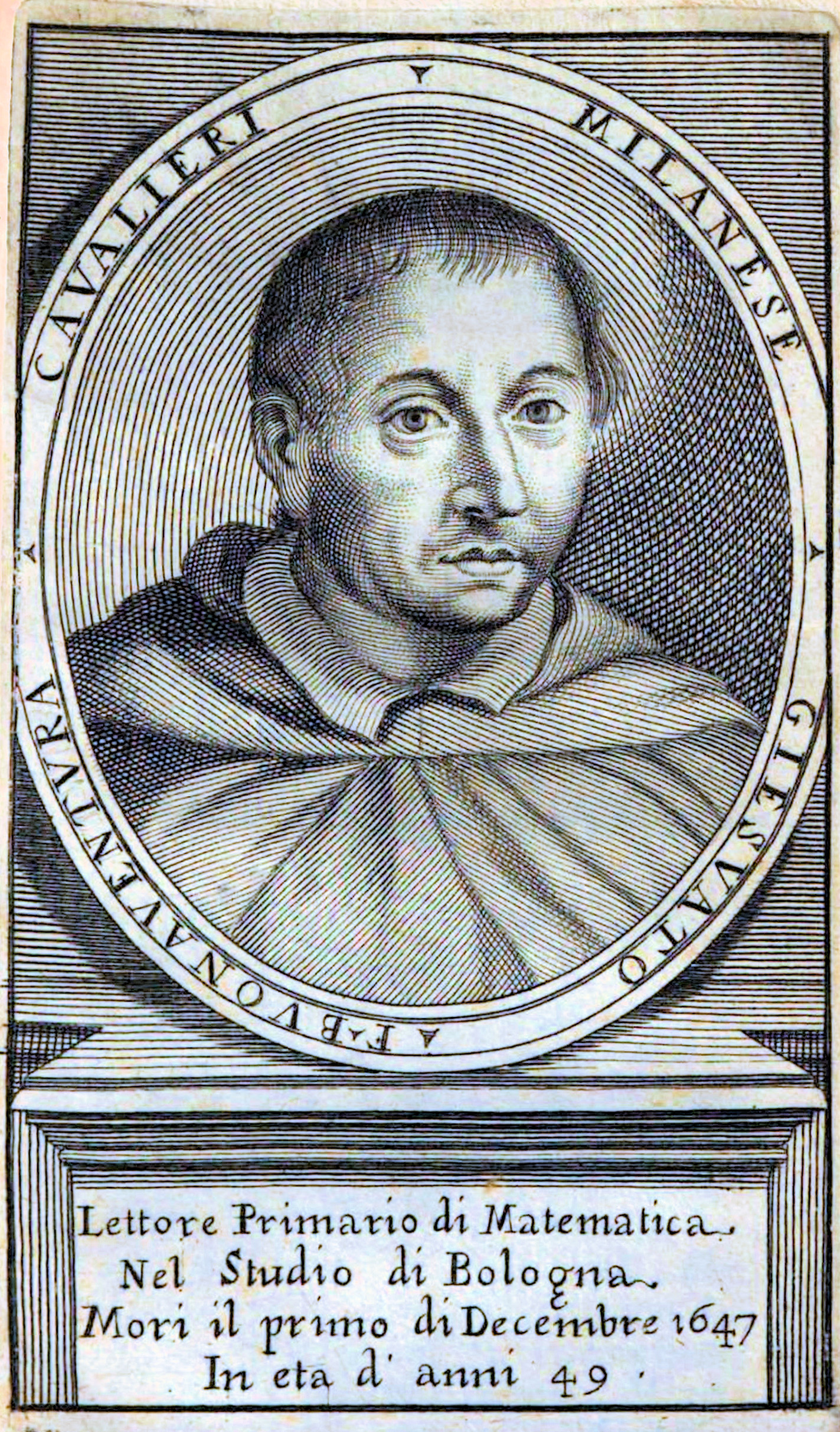
A pivotal theme in the evolution of motion theories over a span of two millennia spans from Aristotle to the seventeenth century. A fundamental element in classical physics is the concept or theory of inertia, frequently termed Newton’s First Law, as articulated in his “Principia” in 1687. In Newton’s own words, the First Law declares:
“Law 1 Every body remains in its state of rest or of moving uniformly straight ahead except to the extent that it is compelled to alter its state by forces applied.”
Although Newton did not employ the term inertia, Cohen’s translation characterizes it as the “inherent force of matter,” the resistance capability by which any body continues in its condition of rest or uniform motion unless influenced by forces.
In academic terminology:
“The Principle or Law of Inertia asserts: a mass at rest tends to stay at rest; a mass traveling at a constant velocity tends to continue moving at that velocity unless acted upon by an external force.”
This seemingly straightforward assertion initiated a significant shift in the comprehension of physical reality. Earlier, Aristotelian theories mandated a motive force for movement, evident in Aristotle’s flawed projectile motion theory. Aristotle proposed that air rushing behind a projectile kept it in motion, a theory deemed unconvincing. Critics such as John Philoponus introduced the concept of impetus, imparted and gradually diminished. The principle of inertia contradicted such ideas, asserting that projectiles move autonomously unless influenced by external forces.
Galileo is frequently regarded as the pioneer of the inertia concept, reflected in his “Second Letter on Sunspots” (1612) and revisited in “Discourses and Mathematical Demonstrations Relating to Two New Sciences” (1638). However, his definitions were primarily limited to horizontal motion. It is posited that René Descartes evolved Galileo’s definition into one of linear motion, which Newton later embraced.
Johannes Kepler introduced the term ‘inertia’ in his “Epitome Astronomiae Copernicanae,” indicating matter’s resistance to coming to rest without applied force. Nonetheless, his explanation lacked the notion of self-sustaining motion.
Descartes’s understanding was influenced by Dutch natural philosopher Isaac Beeckman, who did not publish but significantly impacted contemporary French philosophers with Beeckman’s progressive ideas, corpuscular matter theory, and rejection of Aristotelian views. Beeckman’s interaction with Descartes was critical in transmitting these concepts explicitly.
Beeckman had theorized inertia by 1613, summarized as: “That which is once set in motion always moves, as long as it is not hindered from doing so.” Elaborated in his unpublished “Journal” and known solely through Descartes, Beeckman demonstrated notable advancements, including an early acknowledgment of vacuum existence, contrasting sharply with the classical Aristotelian horror vacui.
This account highlights the underappreciated yet vital role Beeckman and his contemporaneous communication networks played in molding the science of motion, creating a legacy that continued through Newton’s systematic integration of inertia, establishing it as a fundamental principle in classical mechanics.